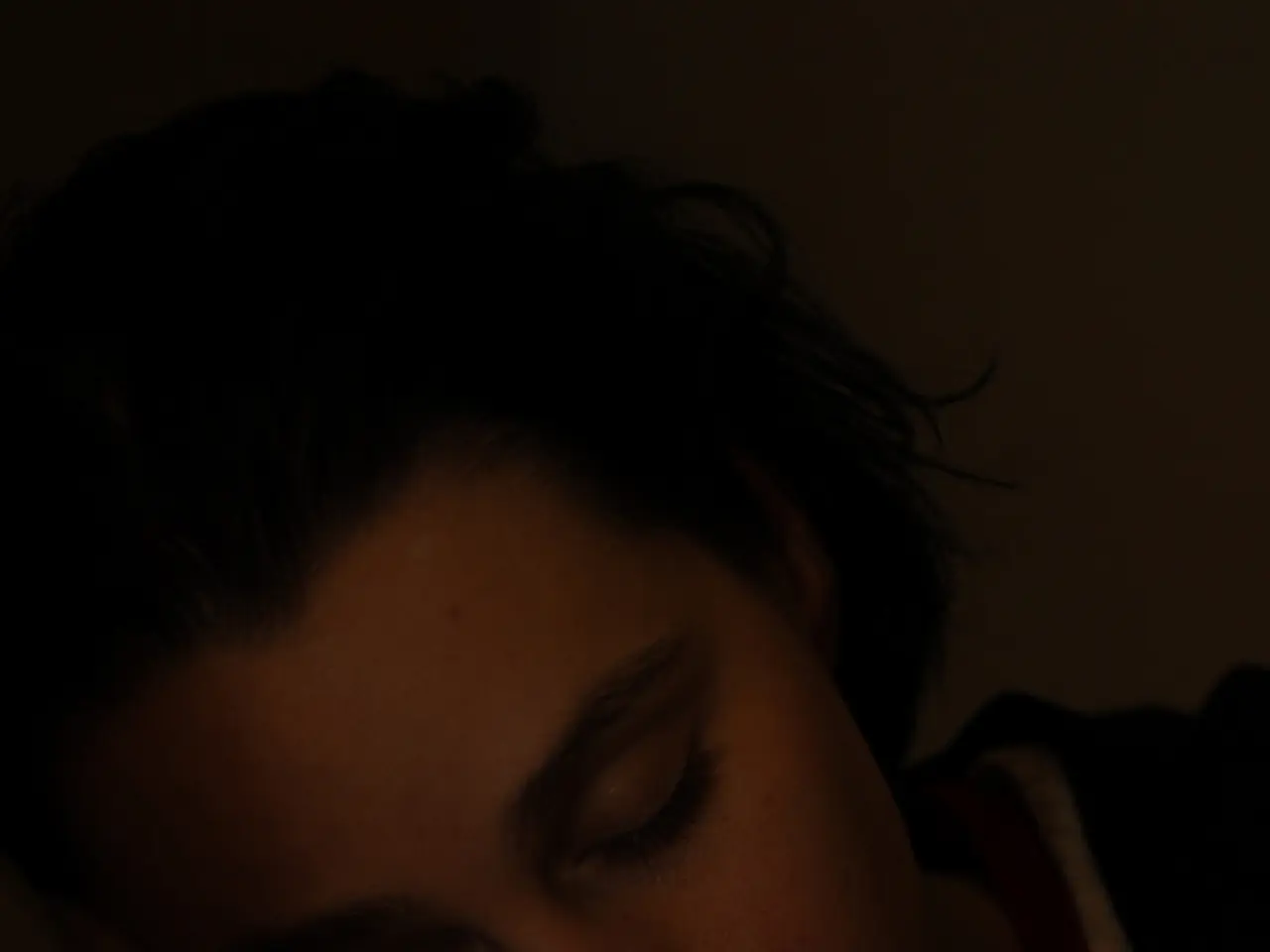Prevalence of Narcolepsy: A Look at Its Frequency
Narcolepsy, a little-known neurological disorder, affects a significant number of people worldwide, with estimates suggesting that it may be more prevalent than previously thought.
The condition can start at any age, with the majority of diagnoses occurring between the ages of 15 and 50, and most commonly at ages 15 and 36. Narcolepsy can be categorized into two types: Type 1 (narcolepsy with cataplexy) and Type 2 (narcolepsy without cataplexy).
Symptoms typically start with excessive sleepiness and may include cataplexy, sleep paralysis, hallucinations, and disrupted nocturnal sleep. Type 1 narcolepsy is characterized by either experiencing cataplexy or having low levels of a brain hormone (hypocretin).
Narcolepsy is not a progressive disorder, but symptoms may have large gaps between their onset and may vary greatly in terms of severity. The true prevalence of narcolepsy may be higher due to misdiagnosis and underreporting. In the United States, current estimates suggest that narcolepsy affects roughly 20 to 67 people per 100,000, with some studies estimating the prevalence could be as high as 180 per 100,000 when accounting for underdiagnosis and delays in diagnosis.
In the U.S. alone, estimates suggest between 135,000 and 200,000 people suffer from narcolepsy. Given the challenges in diagnosis—symptoms can be mistaken for other disorders or attributed to behavioral issues, especially in children—many cases remain undiagnosed or misdiagnosed, leading to underestimation of true prevalence.
While precise global figures are not readily available, underdiagnosis and delayed diagnosis are common, with many patients only diagnosed years after symptom onset, leading to lower official case counts than the true burden. Awareness and diagnostic methods have improved recently, which may lead to increased detection and better prevalence estimates.
Narcolepsy affects males and females equally. Low hypocretin levels, autoimmune disorders, brain injuries, and a family history can be potential causes and risk factors for narcolepsy. Secondary narcolepsy can occur due to injury to the hypothalamus or in people with other neurological disorders or sleep issues.
Type 2 narcolepsy typically presents with less severe symptoms and regular hypocretin levels in the brain. Misdiagnosis of narcolepsy is common, with healthcare professionals often mistakenly attributing the condition to other psychiatric or emotional disorders.
If you or someone you know experiences excessive sleepiness or falls asleep while performing activities, it is essential to consult a healthcare professional. Early diagnosis and treatment can significantly improve the quality of life for those living with narcolepsy.
In conclusion, while narcolepsy is considered a rare neurological disorder, underdiagnosis and underreporting suggest that the actual number of people living with the condition globally is likely higher than current recorded estimates. Taking these factors into account, the number of people living with narcolepsy worldwide could be in the millions. Improved awareness, early diagnosis, and effective treatment strategies are crucial to address this hidden neurological disorder.
- Narcolepsy, a neurological disorder that can impact people of all ages, is often misdiagnosed or underreported, making it challenging to ascertain the exact number of people affected worldwide.
- Apart from sleep disorders, narcolepsy may also present symptoms like cataplexy, sleep paralysis, hallucinations, and disrupted nocturnal sleep, which can be mistaken for other psychiatric or emotional disorders.
- Due to the prevalence of misunderstanding and misdiagnosis, it is crucial for individuals experiencing excessive sleepiness or sudden unexpected falls during activities to consult a medical professional, as early diagnosis and treatment can significantly improve their health and wellness, both physically and mentally.





